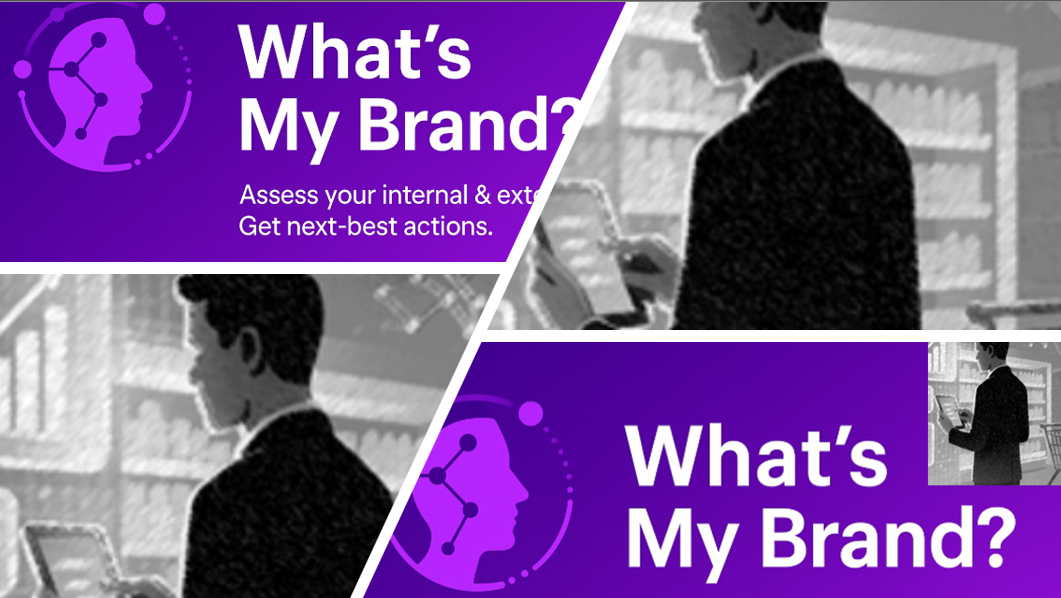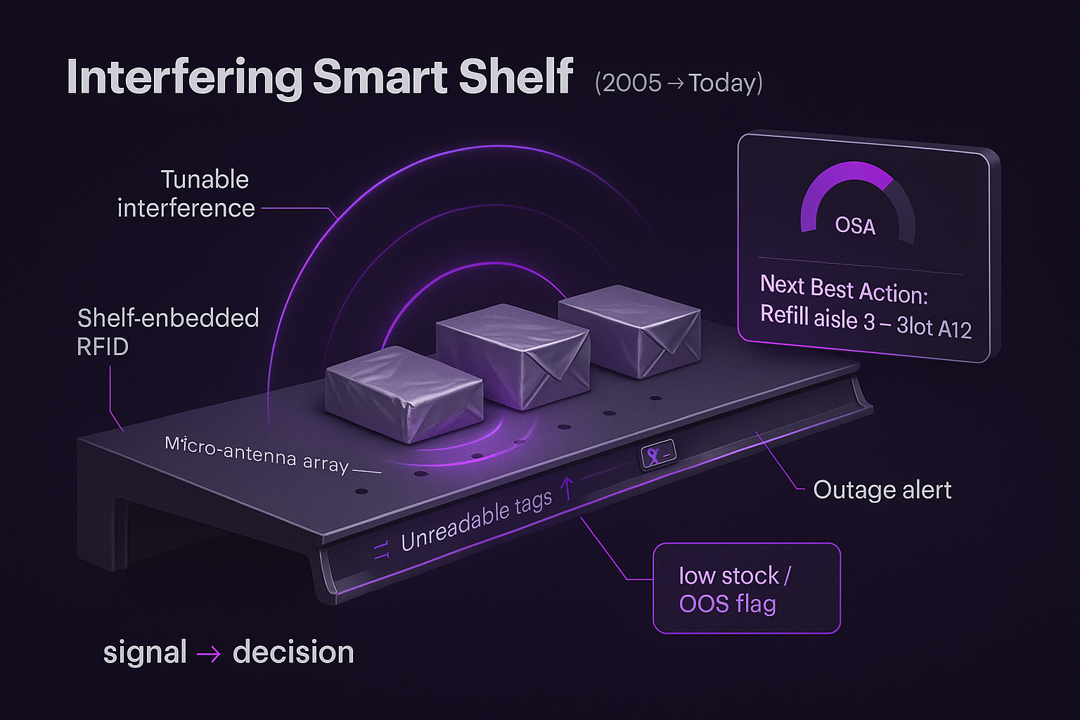
From Insight Flood to Action Flow: How CPGs Can Survive the Next-Best-Action Tsunami
Article by Ray Boyd, originally published on LinkedIn; https://www.linkedin.com/pulse/from-insight-flood-action-flow-how-cpgs-can-survive-tsunami-ray-boyd-jva8f/
For years, the holy grail of FMCG and CPG has been “getting closer to the shopper.”
Now, that vision is real: • Photo/video monitoring shelves in real time • Bots crawling millions of eCommerce pages • APIs exposing retailer inventory • Predictive models flagging out-of-stocks before they happen
But with visibility comes a new problem: signal overload.
A global manufacturer can now generate thousands—if not millions—of “next best actions” (NBAs) each week. Should production schedules shift because of one predicted void in a single store? Should field teams investigate every phantom inventory flag? Should marketing pivot when a few digital shelves go dark?
The truth is sobering: The ability to generate insights now outpaces organizations’ ability to absorb and act on them.
The future winners won’t be those with the most data, but those who can transform the flood of signals into digestible, prioritized, and automated flows of action.
From Signals to Systems
The most advanced CPGs are already redesigning how they work. Instead of drowning in alerts, they’re engineering constellations out of stars—grouping, scoring, and orchestrating signals into flows that people can actually act on.
Key shifts include:
- Hierarchies of decisioning: Thousands of store-level alerts roll up into regional risk patterns
- Agentic orchestration: Systems don’t just report problems—they package actions, assign owners, and trigger workflows
- Value density filters: Actions are scored by business impact vs. effort
- Automation at the edge: Micro-decisions (like reordering or content fixes) are resolved directly by machines
- Jobs-to-be-done discipline: If a signal doesn’t map to a core business job, it doesn’t surface
This isn’t about managing alerts. It’s about engineering flows of action that protect bandwidth and focus on the shopper moments that truly matter.
Spotlight: The Role of Orchestration Engines
Enter orchestration platforms like Salesforce Agentforce. These systems sit between raw insights and frontline execution. Their job isn’t to add another dashboard—it’s to absorb complexity on behalf of the business.
Agentforce and similar orchestration engines (SAP, Blue Yonder, Camunda, Darwin Analytics) can:
- Continuously monitor signals across supply, shelf, and shopper touchpoints
- Score every potential action based on business value and effort
- Automate low-value tasks in the background
- Route high-value tasks—pre-packaged with context—to supply, sales, or marketing
Think of them as an air traffic control tower for decisions: most planes land automatically, but the tower intervenes when their help matters most.
Without this orchestration, organizations risk ping-ponging between dashboards and drowning in noise. With it, they focus on the few moves that drive real margin and shopper impact.
Proof Points in the Market
We don’t need theory. Real-world examples are already showing what “better orchestration” looks like:
- A food multinational retooled service metrics when a retailer lowered OTIF expectations—realizing that shelf consistency mattered more than chasing 98% perfection
- A beverage leader digitized shelf checks—but the breakthrough was orchestration: routing thousands of voids to the right brokers automatically
- Another CPG combined AI and crowdsourced audits to build a “Perfect Store” platform—where detection was easy, but orchestration ensured execution
The winners aren’t those measuring more, but those orchestrating better.
Designing the Future Operating Model
To scale this way of working, CPGs need a new mindset:
- Systems talk to systems first—resolving most issues without humans
- Employees see top 10 priorities, not 10,000 alerts
- Leaders define thresholds—deciding what escalates, what stays automated, and what can be ignored
In short: agentic models that convert floods of data into closed loops of action.
The Watch-Out
The biggest risk? Becoming alert-driven—reacting endlessly to the latest signal and losing sight of strategy.
The safeguard: → Designed orchestration → Layered automation → Clear prioritization
These ensure employees stay focused on growth, not firefighting.
My Take
After years of diagnosing service gaps, phantom inventory, and end-of-quarter short orders, I’ve learned this:
Shoppers don’t care about fill rates or forecast accuracy. They care about availability in the moment.
The lesson is simple:
- Fill rate = internal reliability
- Void closure = actual availability
- The shopper only experiences the second
The CPGs that thrive won’t be the ones flooding their teams with dashboards. They’ll be the ones building closed-loop systems of action.
Bottom Line
The future of FMCG isn’t about producing more insights.
It’s about building operating models that: ✓ Filter for value ✓ Orchestrate across functions ✓ Automate at the edge ✓ Keep humans focused on must-win moments
The real question isn’t which insight to act on— it’s how fast you can connect the right insight to the right action in a loop that never sleeps.
Let’s Compare Notes
If your organization is wrestling with this transformation, let’s talk—how can we help?
#CPG #FMCG #Retail #ConsumerGoods #SupplyChain #AI #GenAI #Automation #DigitalTransformation #AgenticSystems



